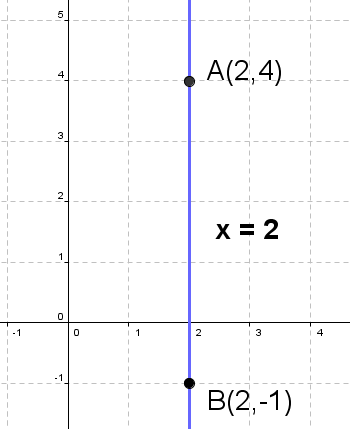
Example: To calculate the slope-intercept equation for a line that includesYou can write this relationship down as y =. You can mathematically describe any given line that’s in a flat plane as a relationship between the x-axis (horizontal) and the y-axis (vertical) positions of each of the points which make up the line.To calculate the slope intercept form equation from two coordinates (x 1,y 1) and (x 2,y 2): Step 1: Calculate the slope (y 2 - y 1) / (x 2 - x 1) Step 2: Calculate where the line intersects with the y-axis by entering one of the coordinates into this equation: y - mx b. In the below two point slope form calculator, enter the X and Y.Before using this slope calculator or slope finder, it’s important to understand what slope is. To find a slope, use the slope calculator.Two Point Slope Form is one of the methods of calculating the equation of a straight line. If you need to find a parallel or perpendicular line, use the parallel and perpendicular line calculator. This calculator will find the equation of a line (in the slope-intercept, point-slope, and general forms) given two points or the slope and one point, with steps shown.
But if you want to learn more about a parabola and a parabolic function, you can use online calculators and explore the quadratic formula to understand it better.Going back to straight lines, you can recognize straight line or linear equations easily as these have no terms with exponents. If you have y = mx + b where both m and b represent any given numbers, this means that you have a straight line.This slope of a line calculator only performs calculations for straight lines. If you have y = x² + x, this means that you have a parabola which is also known as a quadratic function. The slope coefficient of a line indicates the variation of the y-coordinate when the x-coordinate increments of 1. For instance:Tool to compute a slope from 2 points.
It there is a positive change, the y values increase along with the x values. It tells you how much change you can expect from y when a fixed change occurs in x. Later on, you can utilize these values when you need to perform linear interpolation.The word “slope” refers to the gradient or the inclination of any given line. As we stated in our previous example, you can write the formula of any given line as:This is what’s known as the “slope intercept form.” This is a very important formula because it provides you with two significant pieces of information namely the line’s y-intercept and the slope m.
For the first point, it has coordinates (x₁, y₁) while the second point has coordinates (x₂, y₂). How to find slope?So, how do you find slope without using a slope calculator? For this, let’s assume that you already know the points that your given line goes through. To calculate for it, you should substitute x to zero in your linear equation.

Now that you have the values, use the slope formula to calculate the slope:M = (y₂ – y₁)/(x₂ – x₁) = (3-1)/(2-1) = 2/1 = 2. Let’s say that the coordinates are x₂ = 2 and y₂ = 3. Next, jot down the second point’s coordinates. Let’s say that the coordinates are x₁ = 1 and y₁ = 1.
Place all of the values together so that you can come up with a linear equation’s slope intercept form:Before we move on to the slope formula, let’s re-define slope using a simple equation:If you want to understand this better, come up with an illustration wherein you draw a line through two given points (x1,y1) and (x2,y2).


 0 kommentar(er)
0 kommentar(er)
